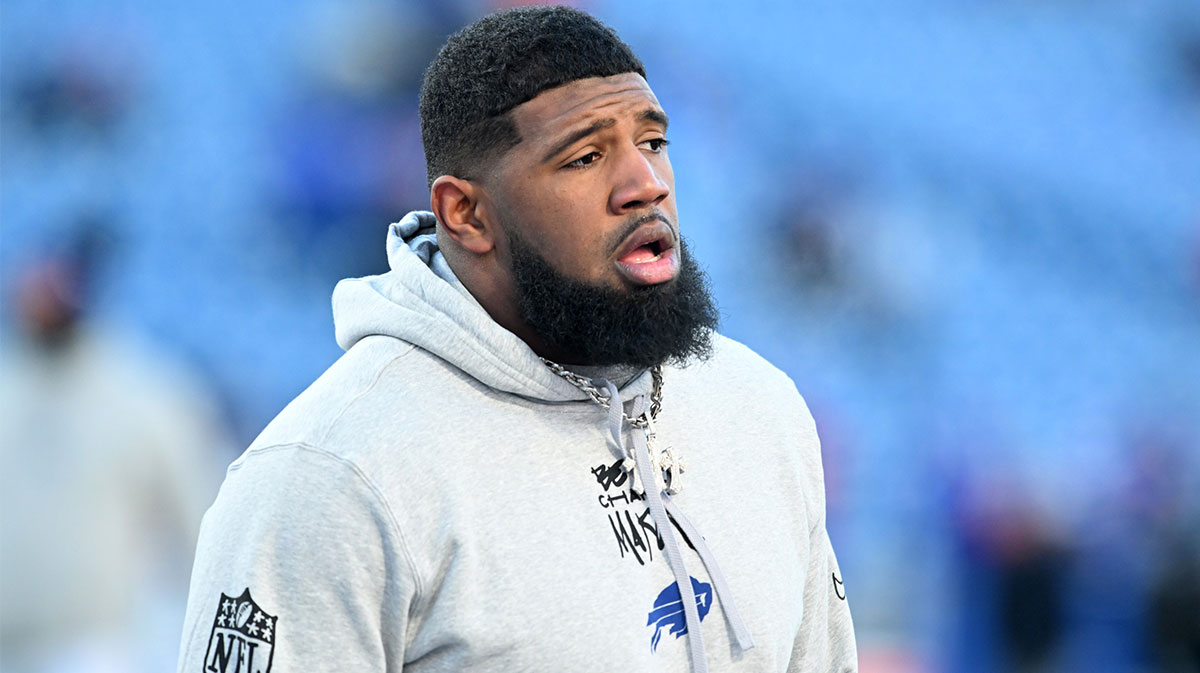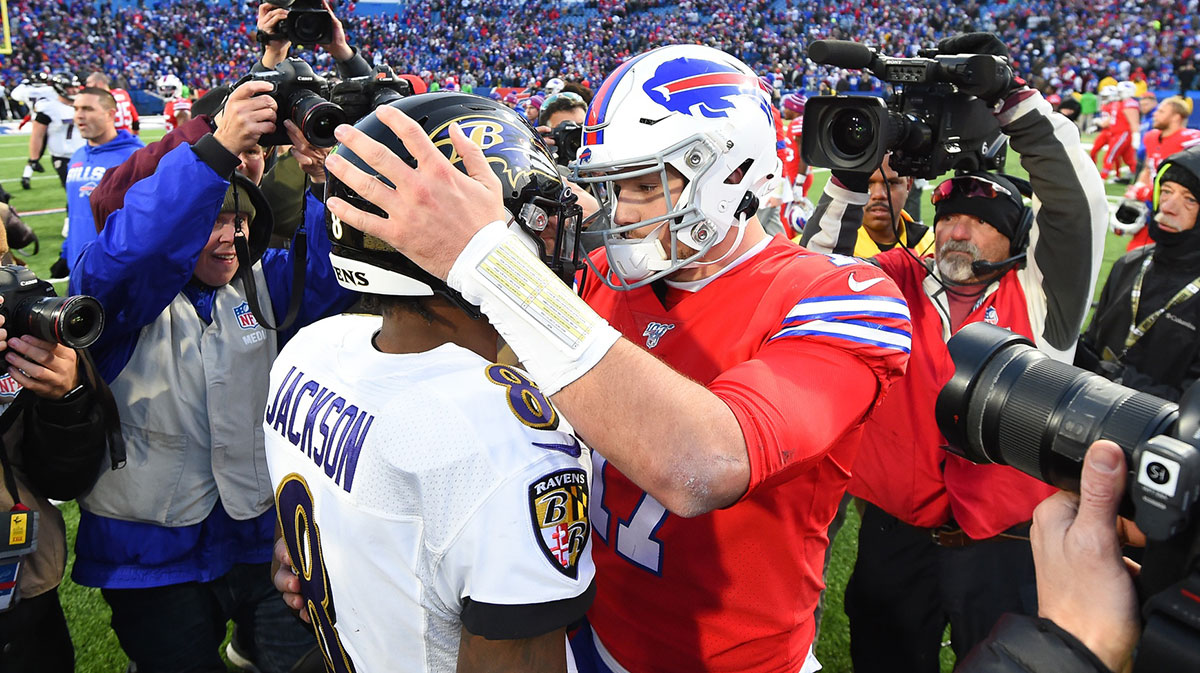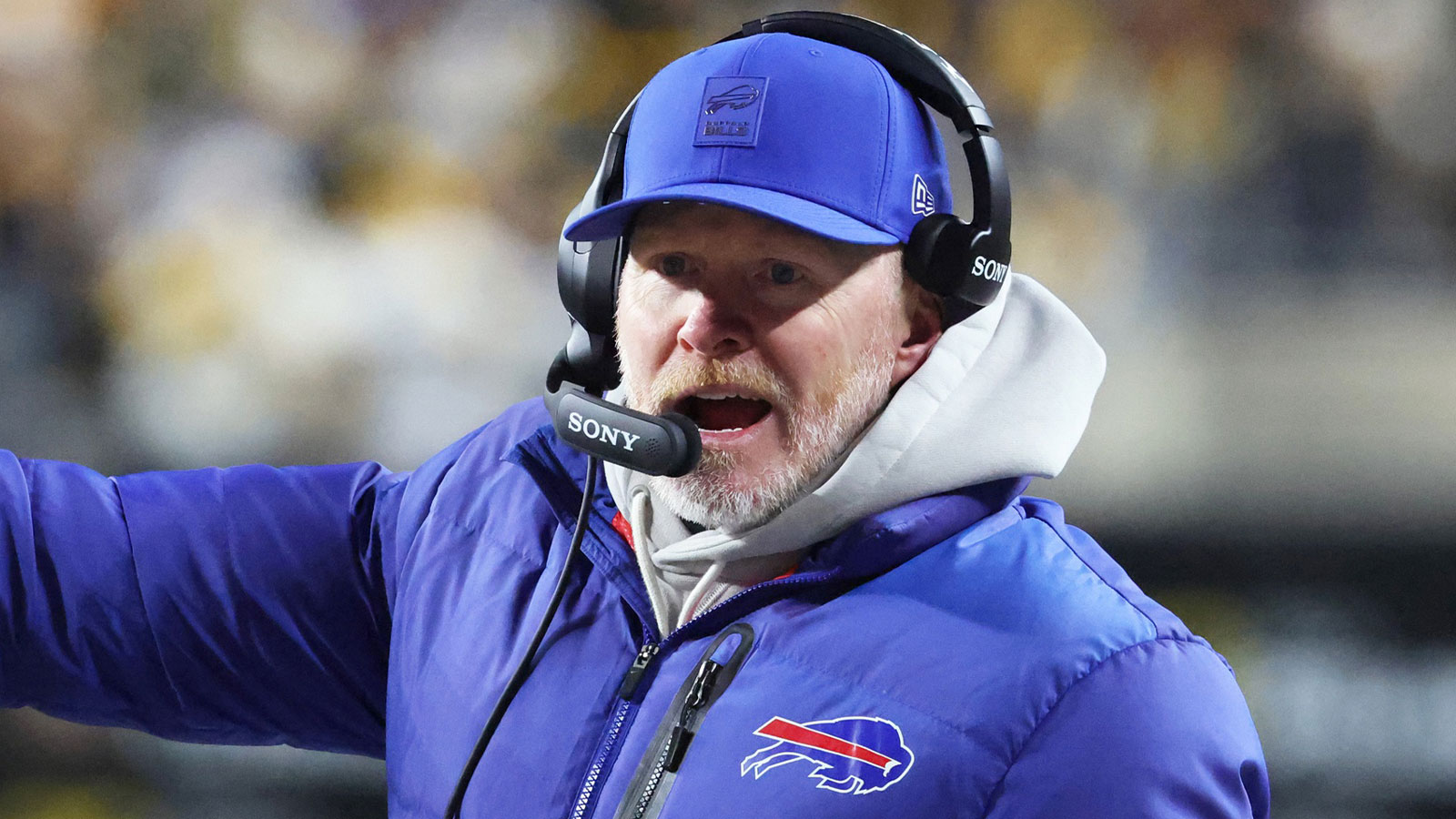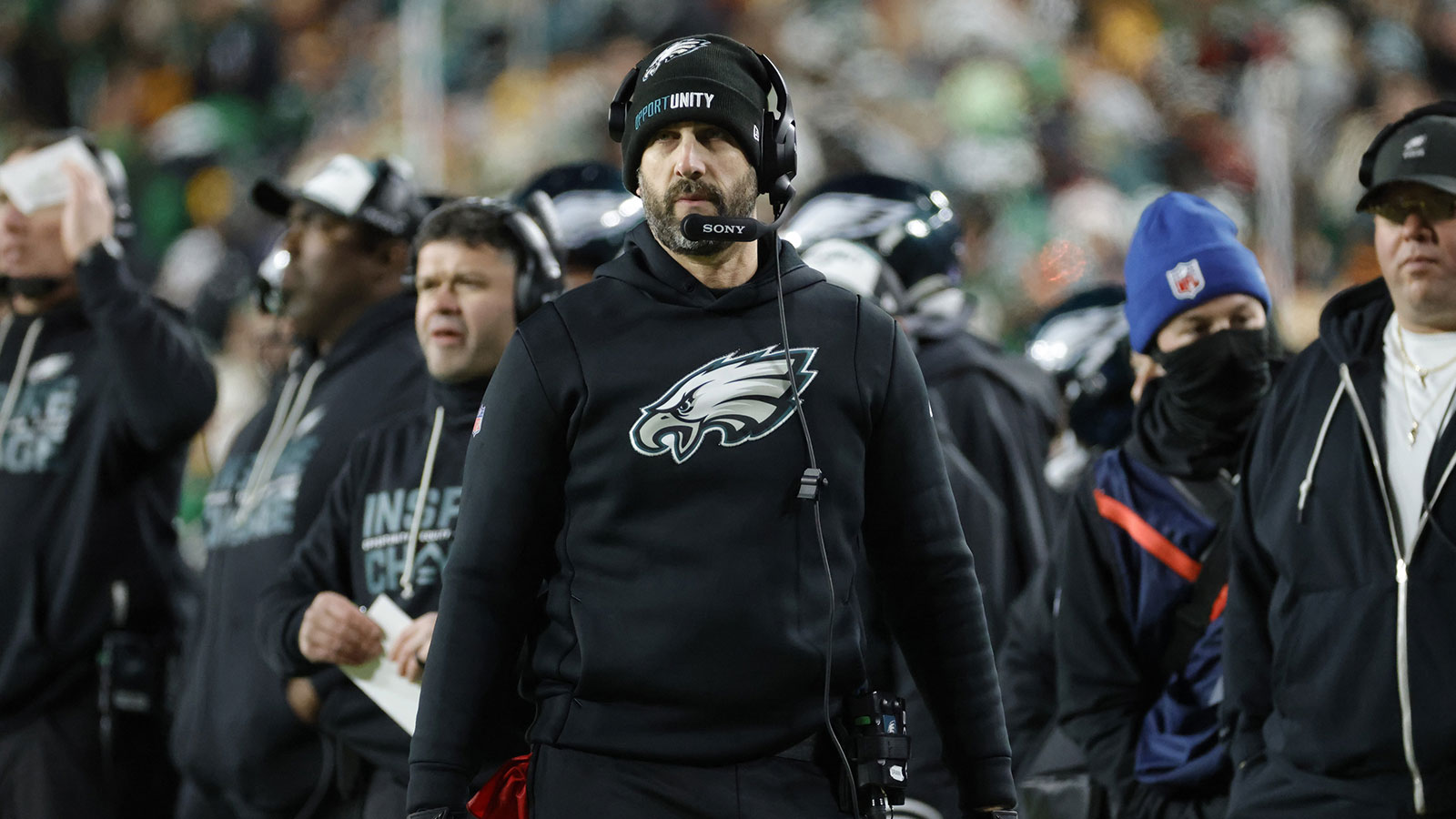The Buffalo Bills are poised to make a pivotal financial decision regarding running back and return specialist Nyheim Hines. Adam Schefter reports that the Bills plan to release Hines, a move that will clear $4.6 million in salary cap (per Ari Meirov) space for the team. This decision comes after Hines missed the entire last season due to a non-football related knee injury, an ACL tear suffered last summer. The expectation, according to sources, is that Hines will likely recover in time for training camp.
This maneuver by the Bills underscores a strategic approach to managing their roster and salary cap. The release of Hines, while shedding light on the ruthless nature of NFL business decisions, is a calculated effort to optimize the team's financial flexibility. It also may not come as much of a surprise, considering the controversy between the Bills and Hines' agent following the injury itself last year that revolved around Hines getting paid. The $4.6 million in cap space that Buffalo will gain by releasing Hines can be pivotal for the franchise as it looks to build a competitive roster for the upcoming season. This cap space could be allocated towards addressing other areas of need on the team, whether through free agency or the retention of key players approaching contract negotiations.
The situation with Hines highlights the complexities involved in managing player contracts, especially in cases of injury. Hines' injury, classified as a non-football injury since it occurred outside of team activities, put the Bills in a challenging position. Despite the potential Hines brings as a dynamic playmaker both in the backfield and on special teams, the financial implications of his contract in light of the injury have led the Bills to this difficult decision.
The backdrop to this story includes a notable exchange between Hines' agent and the Bills organization over the handling of his injury status. Placing Hines on the Non-Football Injury list had significant implications, not just for the player's recovery and rehabilitation process, but also for his financial earnings from the season. Such situations often lead to tensions between player representatives and team management, reflecting the delicate balance teams must strike between player welfare and the financial constraints of the league.
Nyheim Hines' tenure with the Bills, albeit marred by this unfortunate injury, showcased the potential impact he could have on the field. Known for his versatility, Hines has demonstrated the ability to contribute significantly in multiple facets of the game. As he approaches recovery and looks towards the next chapter of his career, there will likely be interest from other NFL teams in adding a player of his skill set to their roster.
For the Bills, this decision, while financially motivated, also reflects the broader strategic considerations NFL teams must navigate. Balancing the desire to field a competitive and cohesive team with the constraints of the salary cap requires difficult decisions, such as parting ways with talented players. As Buffalo looks to the future, the cap space gained from releasing Hines will be a valuable asset in shaping the team's roster for the challenges ahead.
The NFL's salary cap dynamics often lead to tough choices for franchises, and the Bills' decision regarding Nyheim Hines is a stark reminder of the business aspect of professional football. As the Bills and Hines move forward, both will be looking to maximize their opportunities in the ever-competitive landscape of the NFL.



















